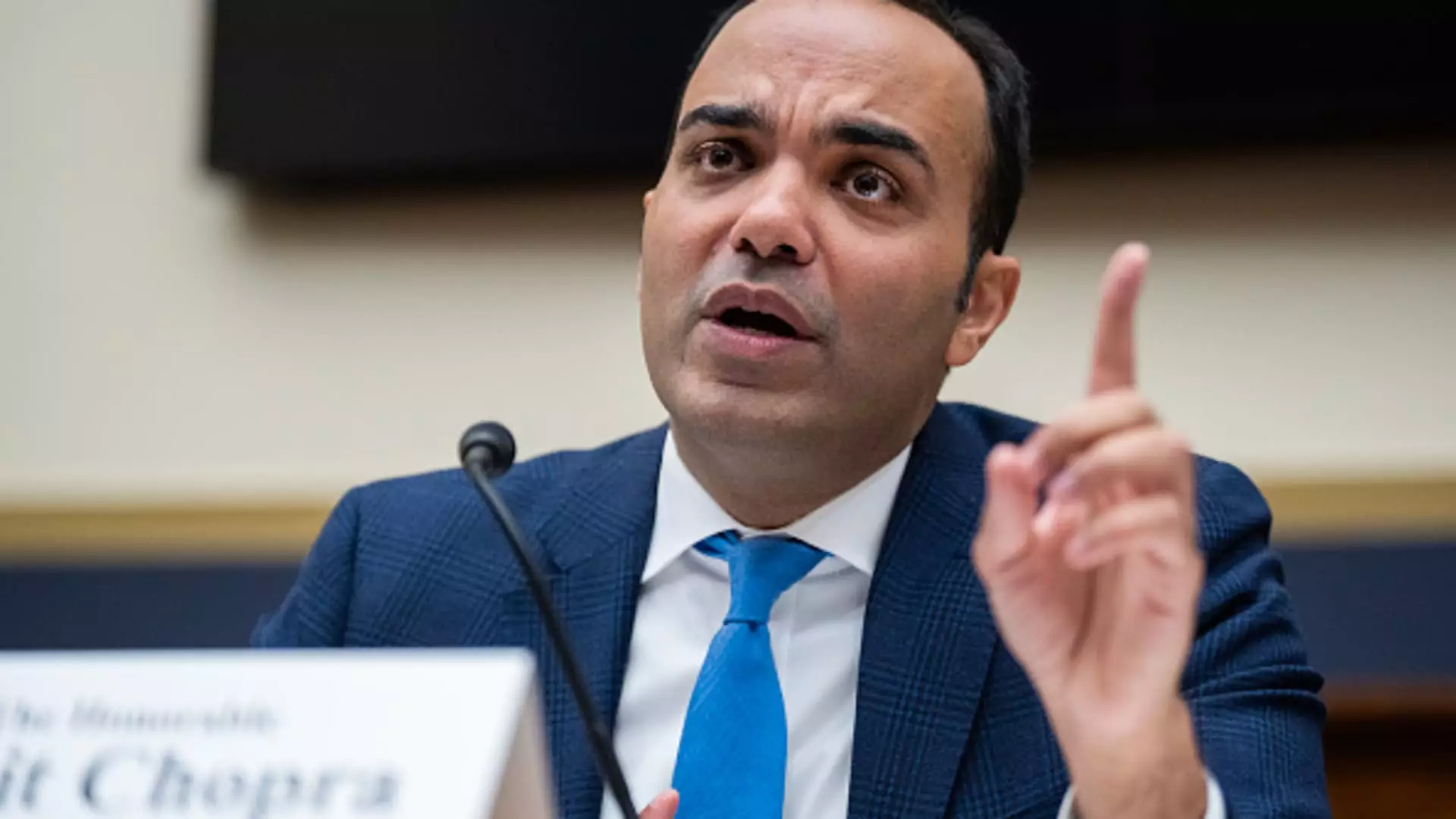Overdraft fees have long been a controversial topic in the banking industry, garnering criticism from consumer advocacy groups and lawmakers alike. These fees, often high and sometimes unexpected, have led to significant financial strain for many Americans. On a notable date earlier this month, the Consumer Financial Protection Bureau (CFPB) unveiled a new rule aimed at curtailing the practices surrounding overdraft fees, an announcement that is expected to have wide-ranging implications for banks, credit unions, and consumers.
The Details of the New Rule
The CFPB’s latest regulation addresses the exorbitant overdraft fees that institutions have collected over the years. The new rule stipulates that banks may now charge a maximum of $5 for overdrafts, a drastic reduction compared to the previous average fee of approximately $35 per transaction. This change is projected to save American consumers about $5 billion every year. Moreover, financial institutions are given alternatives: they can choose to impose fees that align with their actual costs or disclose the interest rate on overdraft loans transparently.
CFPB Director Rohit Chopra emphasized the need for reform, criticizing larger banks for exploiting legal loopholes that have drained billions from American consumer accounts over the years. This statement marks a decisive move to hold banks accountable for what Chopra termed excessive “junk fees” that burdens consumers financially.
Historically, overdraft fees have served as a lucrative revenue stream for banks, amounting to a staggering $280 billion since the year 2000. However, given recent trends, many banks, including high-profile institutions like JPMorgan Chase and Bank of America, have begun to revise their overdraft practices—some have reduced fees, while others have altogether eliminated them.
Despite these changes, the introduction of the new CFPB rule has sparked considerable resistance from banking groups, who argue that such regulations could deprive consumers of crucial access to overdraft services. Their fear is that customers might turn to less favorable alternatives, such as payday loans, if overdraft options become restricted.
While the CFPB’s rule is set to take effect on October 1, 2025, its future is uncertain. The regulatory environment is bound to shift with the potential appointment of a new CFPB director under the incoming administration. With such a significant policy change on the horizon, it seems likely that opposition from the banking industry may intensify as they seek to overturn or dilute the regulation.
Furthermore, the CFPB’s prior attempts to cap credit card late fees have faced legal challenges and pushback, leading to skepticism about the real impact of these regulatory efforts. Consequently, banks may resort to lobbying and legal maneuvers to protect their interests, which could stall the implementation of the overdraft rule or alter its initial framework significantly.
The announcement of the new overdraft rules marks a potential turning point in how banks operate in relation to consumer welfare. In a financial climate where consumer protection is increasingly prioritized, this initiative signifies a broader effort by the CFPB to eliminate what many argue are unjust profit-making schemes that exploit financially vulnerable individuals.
As the landscape of banking regulations evolves, the ultimate success of this rule may well depend on sustained advocacy from consumer protection groups, legislative support, and most importantly, public awareness. The call for transparency and fairness in financial transactions is louder than ever, and it is up to both regulators and consumers to ensure that banking practices align with this ethos. The journey towards fairer banking is far from complete, but with measures like the overdraft fee cap, there is hope for a more equitable future in the financial sector.

